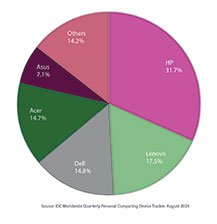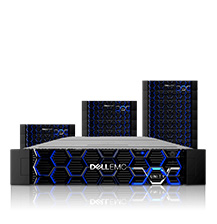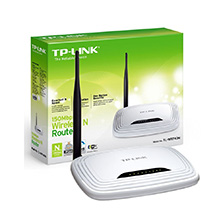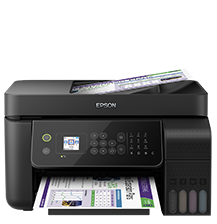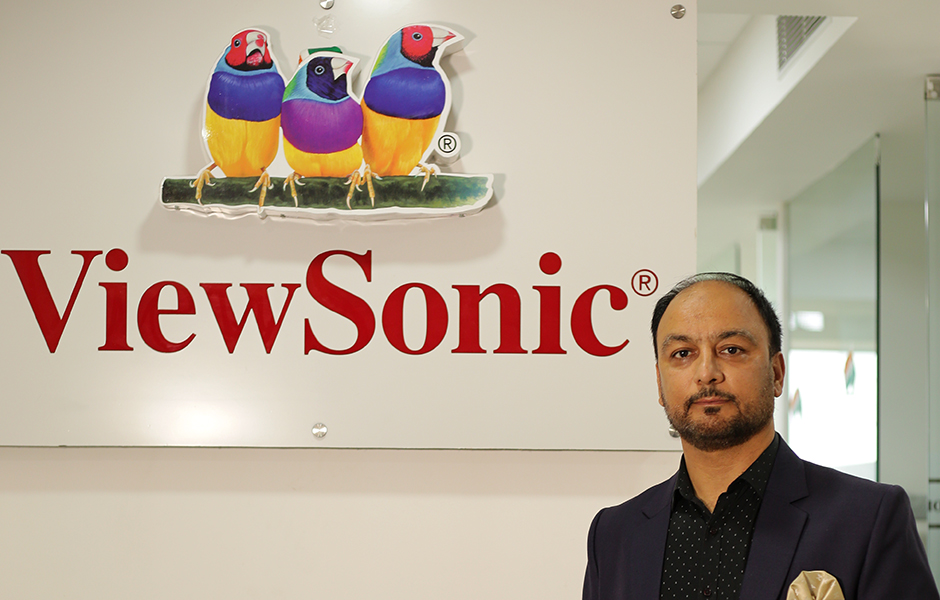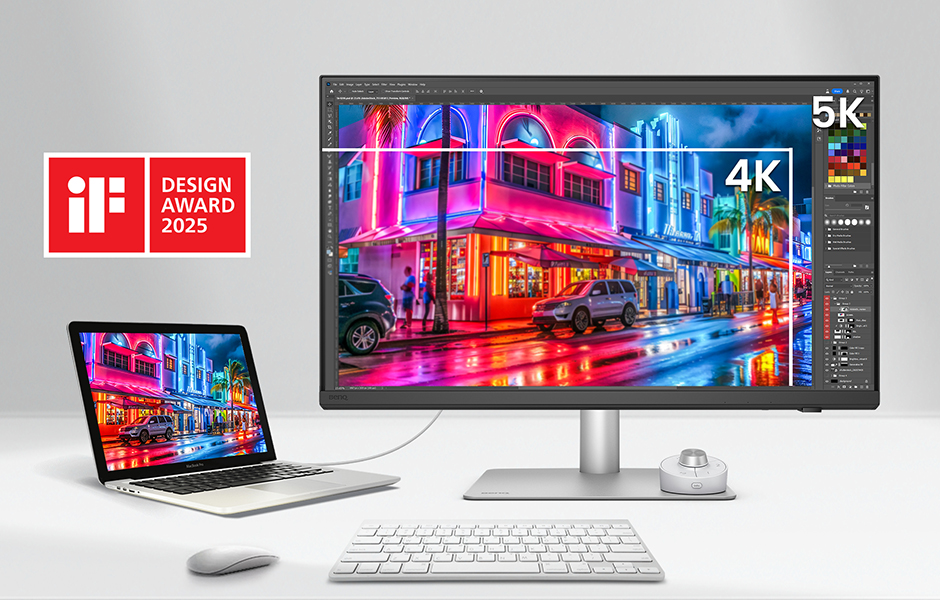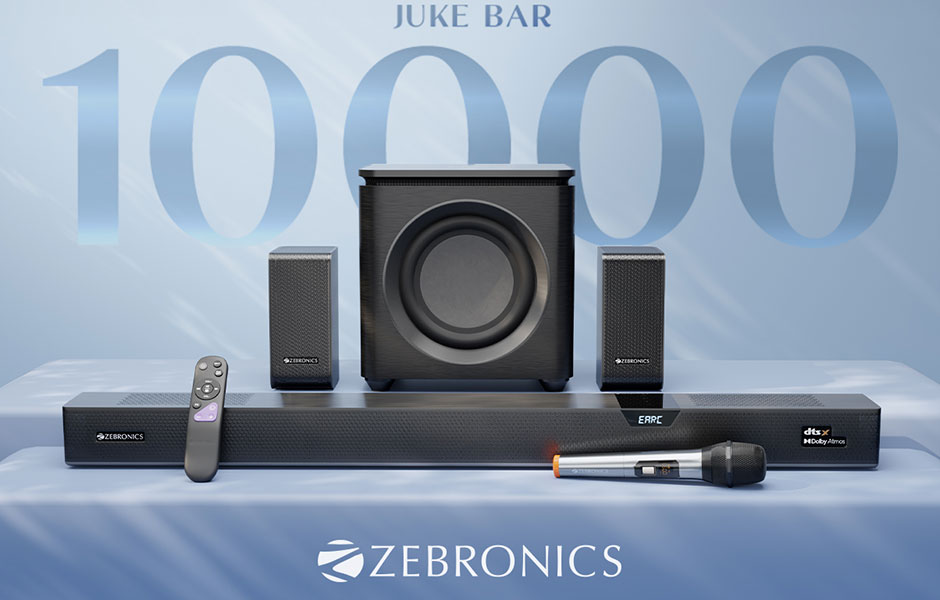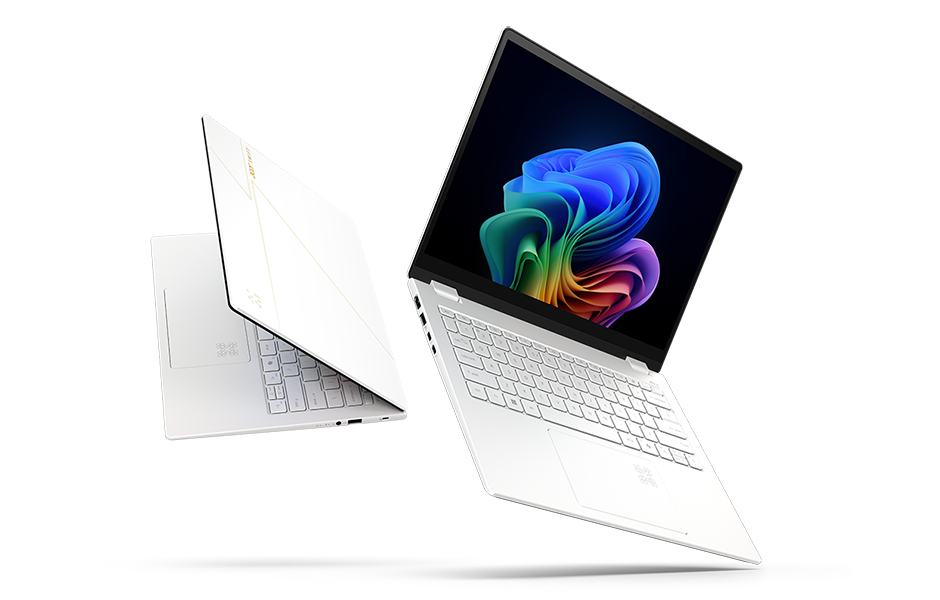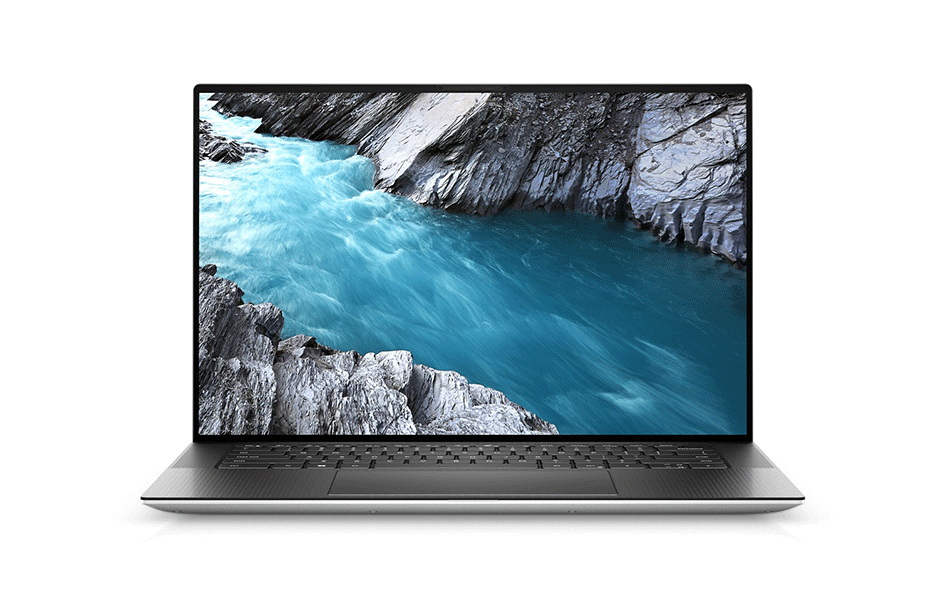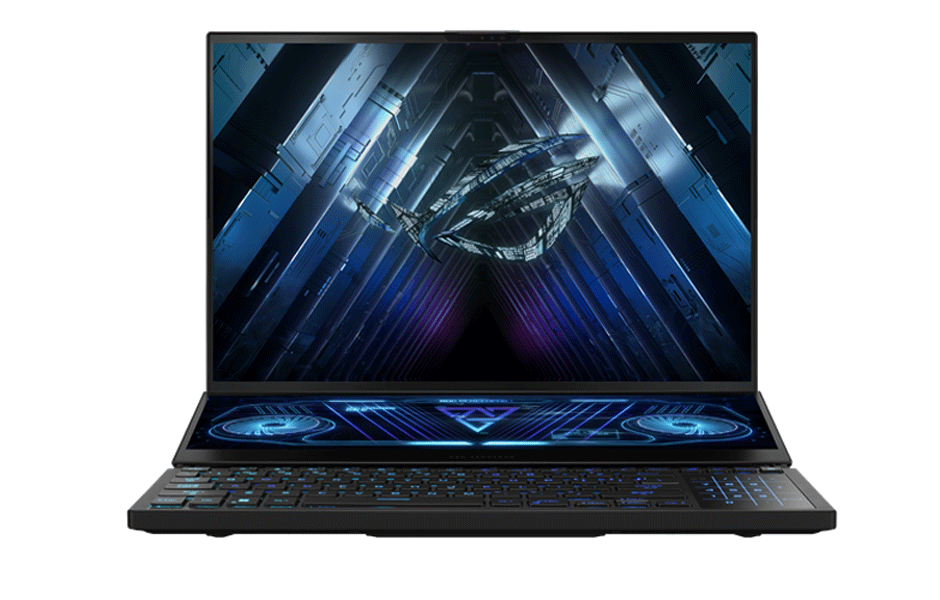
IDC Worldwide Quarterly Personal Computing Device Tracker reports that the global PC shipments grew by a massive 26.1 percent in Q4 2020 to 91.6 million units as compared to the corresponding period last year
Smarting under the COVID-19 inflictions, the global PC shipments grew by a whopping 26.1 percent in Q4 2020 to 91.6 million units as compared to the same period last year. This has been reported by IDC (International Data Corporation) in its Worldwide Quarterly Personal Computing Device Tracker. The IDC also reports that the same product category registered 13.1 percent year-over-year growth in 2020. The report abundantly indicates that WFH (work-from-home) & LFH (learn-from-home) have fueled worldwide market growth of PCs (combining laptops & desktops).
The IDC report also highlights that Lenovo clinched a global market-share of 25.2 percent, HP 20.9 percent and Dell Technologies notched up 17.2 percent market-share in Q4 2020. While, in the year 2020 (January 2020 to December 2020), Lenovo got a world-wide market-share of 24 percent, HP 22.4 percent and Dell Technologies 16.6 percent.
To put things into perspective, the last time the PC market saw annual growth of this magnitude was 2010 when the market grew 13.7. A lot has changed in those ten years, including six years of PC market decline, as well as a year of flat growth. The question now is how long this resurgence will last.
“Every segment of the supply chain was stretched to its limits as production lagged behind demand during the Q4 2020”, said Jitesh Ubrani, Research Manager, IDC Mobile Device Trackers. “Not only were PC makers and ODMs dealing with component and production capacity shortages, but logistics remained an issue as vendors were forced to resort to air freight, upping costs at the expense of reducing delivery times”, explained Ubrani.
Ryan Reith, Program Vice President with IDC’s Worldwide Mobile Device Trackers, opined, “Demand is pushing the PC market forward and all signs indicate this surge still has a way to go”. “The obvious drivers for last year’s growth centered around work-from-home and remote learning needs, but the strength of the consumer market should not be overlooked. We continue to see gaming PCs and monitor sales at all-time highs and Chrome-based devices are expanding beyond education into the consumer market. In retrospect, the pandemic not only fueled PC market demand but also created opportunities that resulted in a market expansion”, elaborated Reith.



